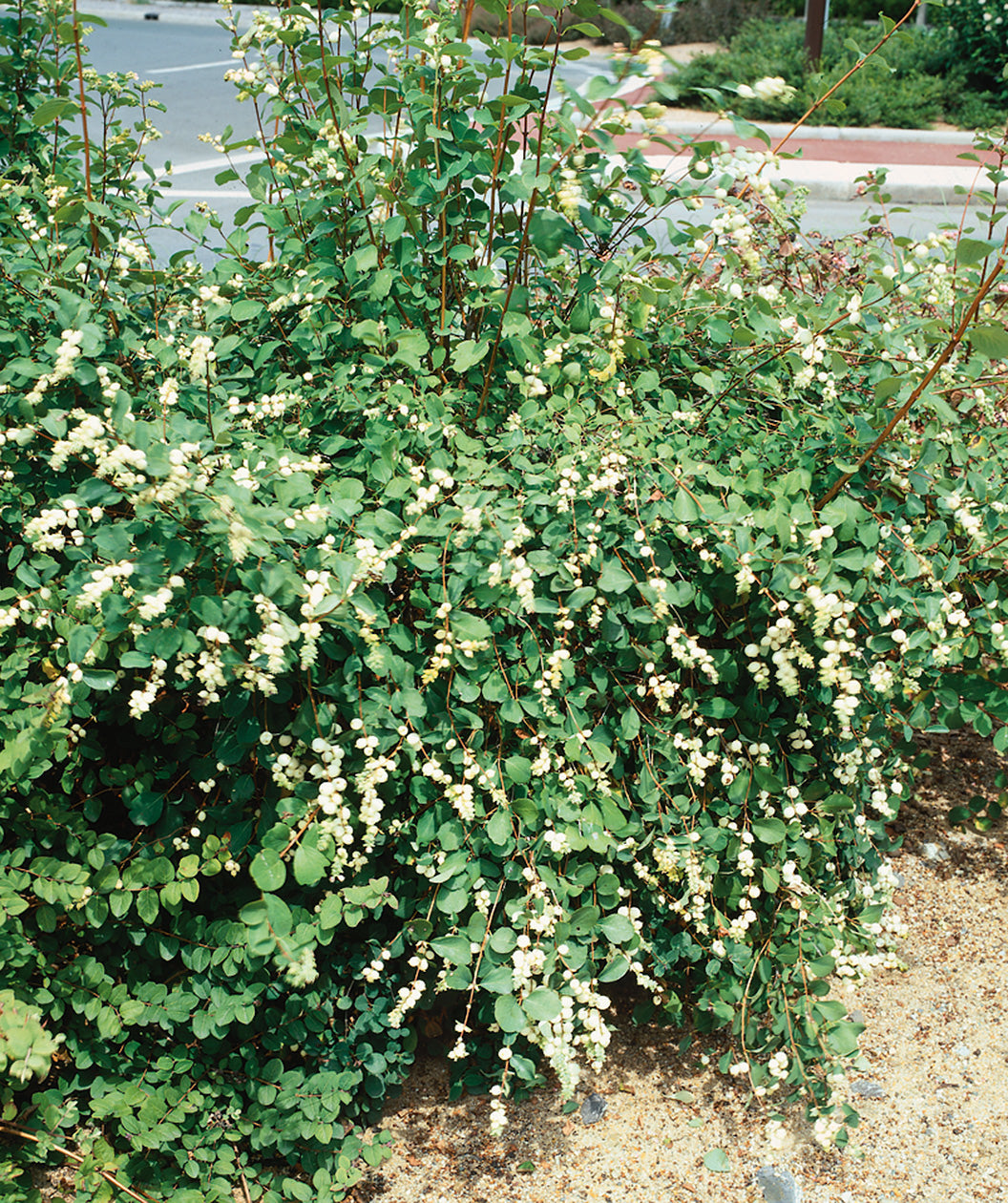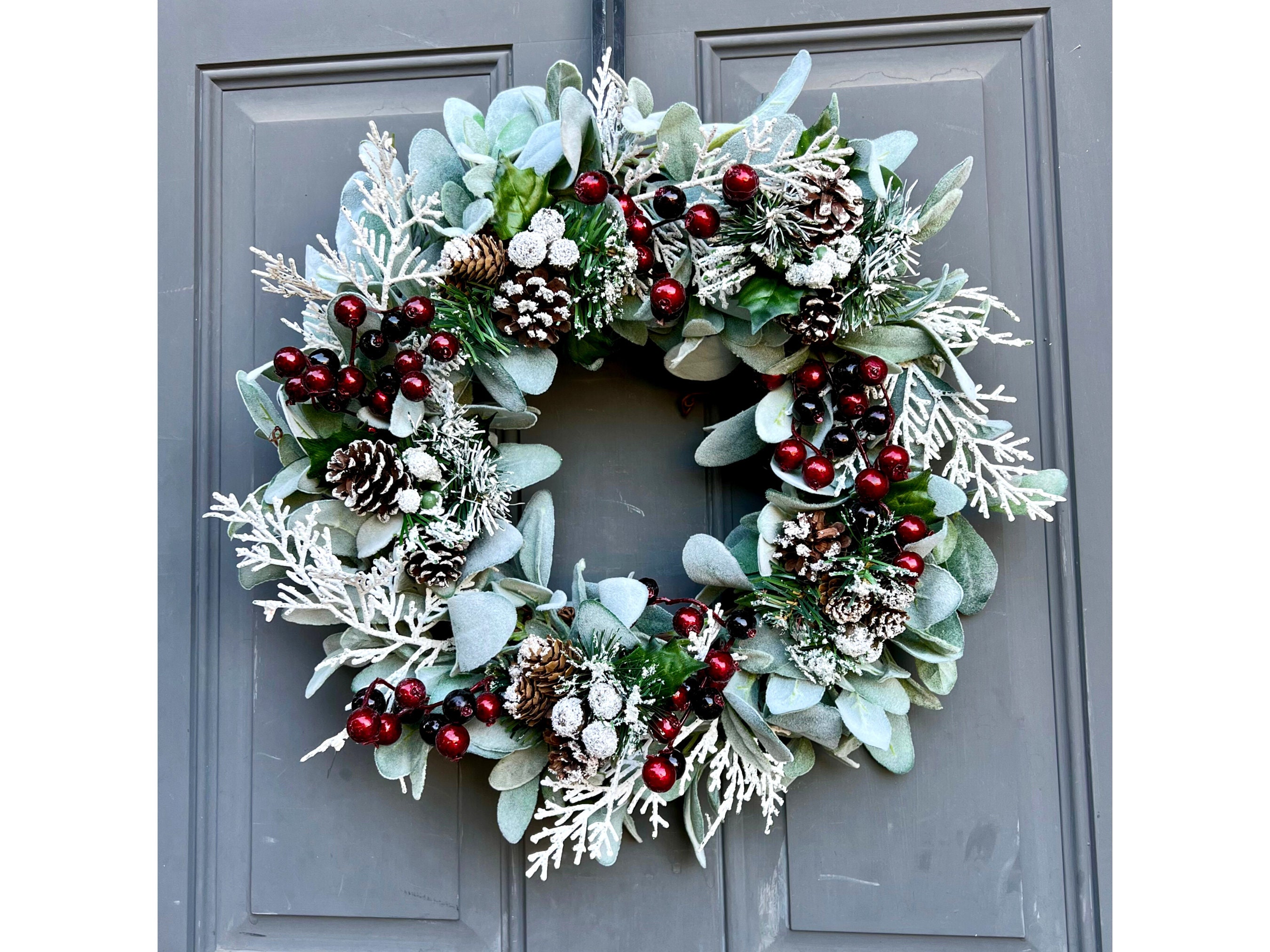Snowberry: The Winter Beauty That's Easy To Grow
Snowberry: The Winter Beauty That's Easy to Grow
Snowberry is a deciduous shrub that is native to North America. It is known for its white or pink berries that appear in the winter, when few other plants are in bloom. Snowberry is a relatively easy plant to grow, and it is a popular choice for landscaping.
In this blog post, we will discuss the following:
- The different types of snowberry
- How to grow snowberry
- How to care for snowberry
- The benefits of planting snowberry
Types of Snowberry
There are several different types of snowberry, each with its own unique characteristics. Some of the most popular types of snowberry include:
- Common snowberry (Symphoricarpos albus): This is the most common type of snowberry. It has white berries and grows to be about 3 feet tall.
- Pink snowberry (Symphoricarpos orbiculatus): This type of snowberry has pink berries and grows to be about 4 feet tall.
- Creeping snowberry (Symphoricarpos chenaultii): This type of snowberry is a groundcover that has white berries. It grows to be about 1 foot tall.
- Dwarf snowberry (Symphoricarpos x chenaultii 'Nana'): This type of snowberry is a dwarf variety of creeping snowberry. It grows to be about 6 inches tall.
How to Grow Snowberry
Snowberry is a relatively easy plant to grow. It prefers full sun to partial shade and well-drained soil. Snowberry is drought-tolerant once established, but it will benefit from regular watering during the first year after planting.
To plant snowberry, dig a hole that is twice as wide as the rootball of the plant. Add some compost or other organic matter to the soil in the hole. Place the plant in the hole and backfill with soil. Water the plant well.
How to Care for Snowberry
Once snowberry is established, it is a low-maintenance plant. It only needs to be watered during periods of drought. Snowberry does not need to be fertilized, but you can fertilize it with a balanced fertilizer in the spring if you want.
Snowberry is a relatively pest- and disease-free plant. However, it can be susceptible to powdery mildew. If your snowberry plant develops powdery mildew, you can treat it with a fungicide.
Benefits of Planting Snowberry
There are several benefits to planting snowberry, including:
- Winter interest: Snowberry is one of the few plants that blooms in the winter. Its white or pink berries add a touch of beauty to the landscape during the coldest months of the year.
- Easy to grow: Snowberry is a relatively easy plant to grow. It is drought-tolerant and pest- and disease-free.
- Versatile: Snowberry can be used in a variety of landscape settings. It can be planted as a hedge, a specimen plant, or in a mixed border.
- Attracts wildlife: Snowberry attracts birds and other wildlife. The berries are a valuable food source for these animals during the winter.
Conclusion
Snowberry is a beautiful and versatile plant that is easy to grow. It is a great choice for adding winter interest to your landscape. If you are looking for a low-maintenance plant that is attractive to wildlife, then snowberry is a good option for you.
Common snowberry is a beautiful shrub that is native to North America. It is known for its white berries, which hang in clusters and look like snow in the winter. Snowberry is a popular ornamental plant, but it also has a number of medicinal uses. The berries can be crushed and rubbed on the skin to cleanse and soothe, and they can also be used to treat rashes and burns. Native Americans used the berries to clean their hair, and the roots and twigs can be used to make tea for treating stomach disorders and fevers.
If you are interested in learning more about common snowberry, I recommend visiting Garden Wiki. This website has a wealth of information about the plant, including its history, medicinal uses, and cultivation. You can also find photos and videos of snowberry, as well as links to other resources.
FAQ of common snowberry
1. What is common snowberry?
Common snowberry (Symphoricarpos albus) is a deciduous shrub native to North America. It is a member of the honeysuckle family (Caprifoliaceae) and is known for its white berries that appear in late summer. Common snowberry is a hardy plant that can tolerate a wide range of conditions, making it a popular choice for landscaping.
2. What are the leaves of the common snowberry?
The leaves of the common snowberry are ovate, rounded, or elliptical. They measure up to 2 inches long and are light green in color. The leaves are oppositely arranged on the stems and have a smooth, glossy surface.
3. What are the flowers of the common snowberry?
The flowers of the common snowberry are small and pink. They are clustered together in terminal racemes. The flowers bloom in late spring to early summer.
4. What are the berries of the common snowberry?
The berries of the common snowberry are white and round. They are about 1/4 inch in diameter. The berries are edible, but they are not very flavorful.
5. What are the uses of common snowberry?
Common snowberry has a variety of uses. The berries can be eaten fresh or used to make jellies and jams. The leaves can be used to make tea. The roots can be used to make a tonic that is said to treat stomach disorders. The branches can be used to make brooms.
Image of common snowberry
5 different images of "common snowberry" from Pinterest:
- Image 1: A white snowberry bush in full bloom, with clusters of small, white berries.

- Image 2: A close-up of a single snowberry berry, showing its white, waxy skin.
- Image 3: A snowberry branch with its leaves turned to red in autumn.
- Image 4: A snowberry shrub in a garden setting, with other plants in the background.
- Image 5: A snowberry wreath, made from the branches and berries of the shrub.

Post a Comment for "Snowberry: The Winter Beauty That's Easy To Grow"